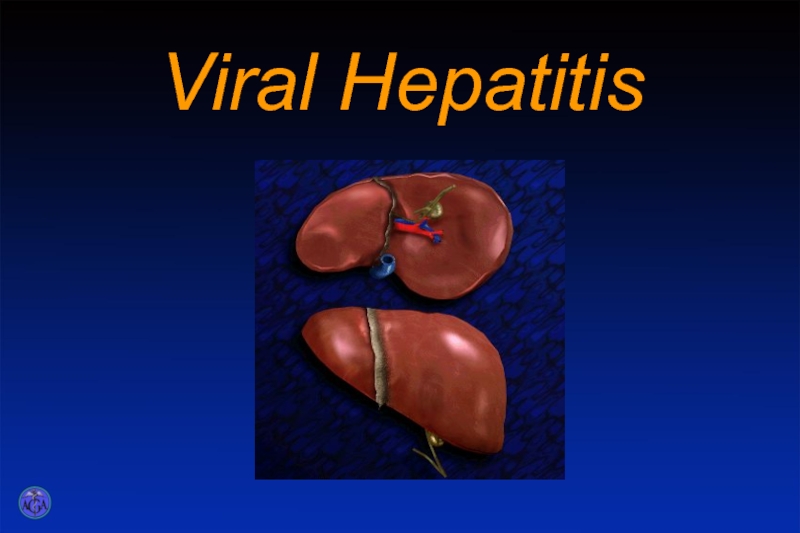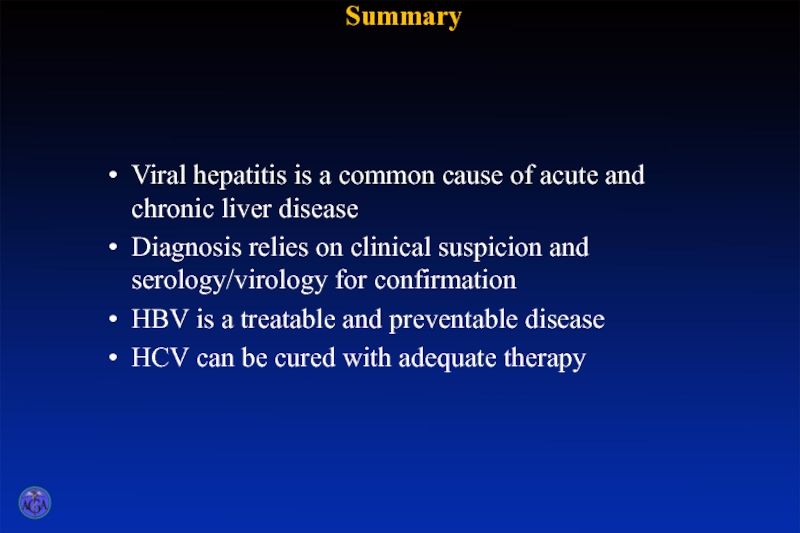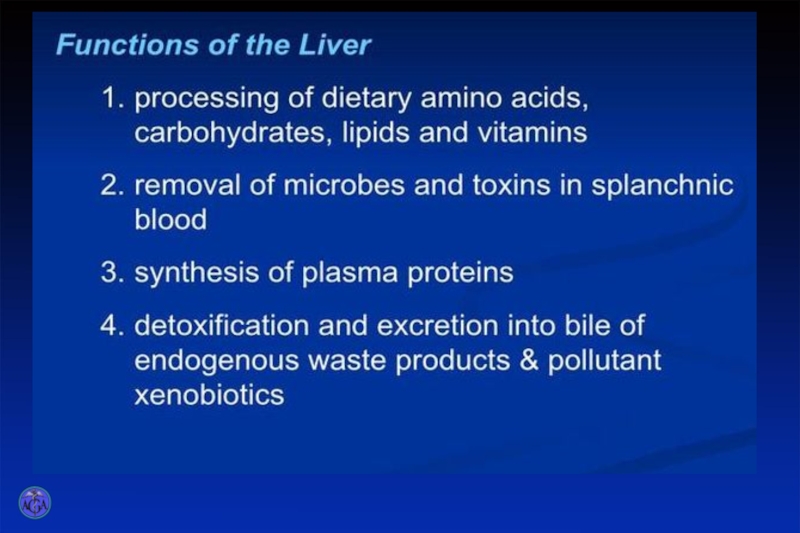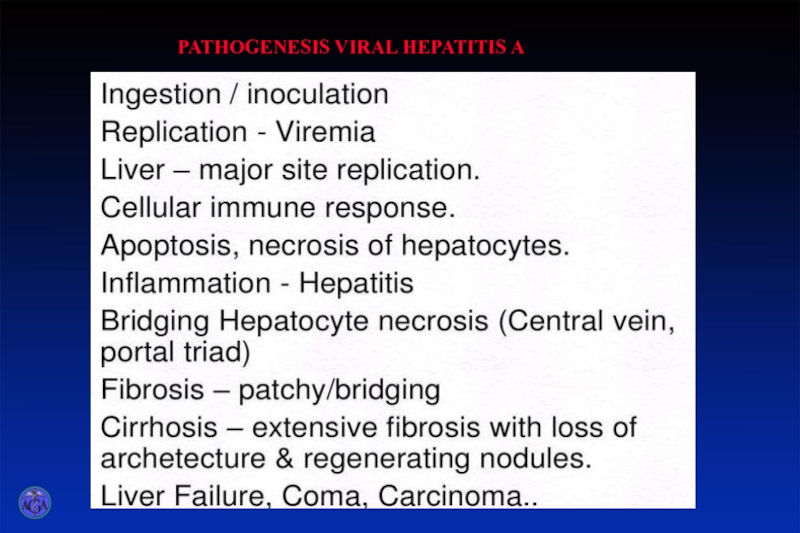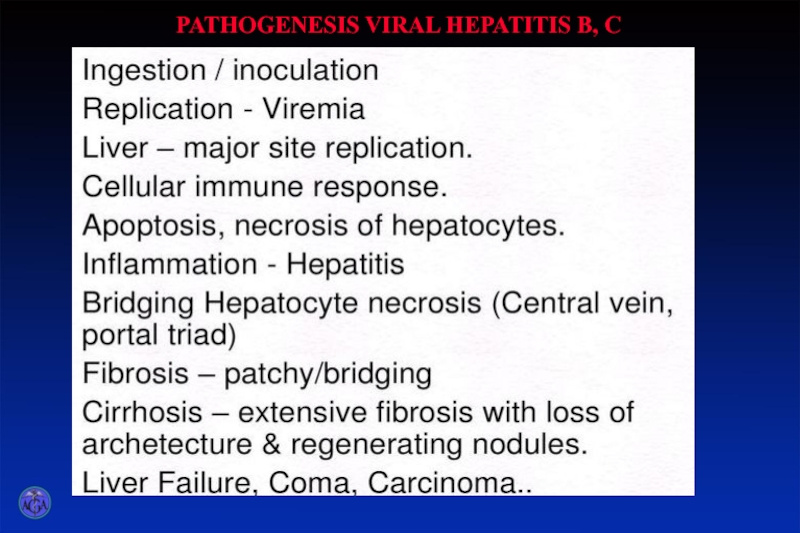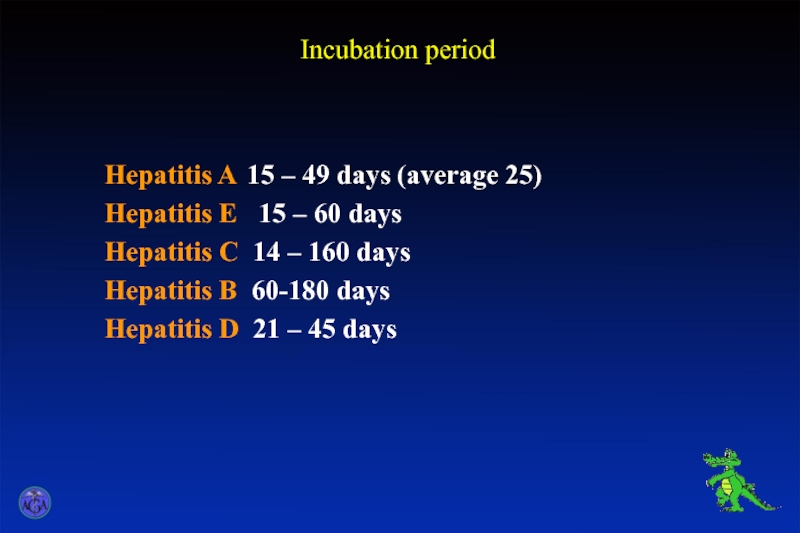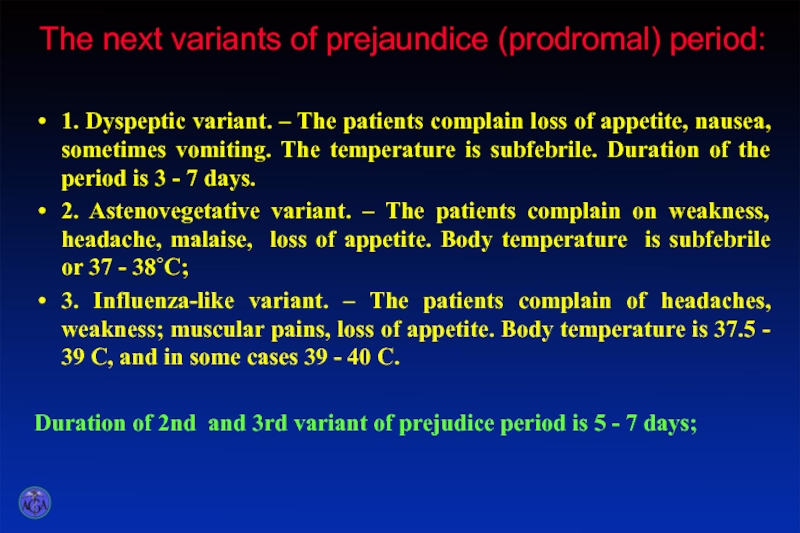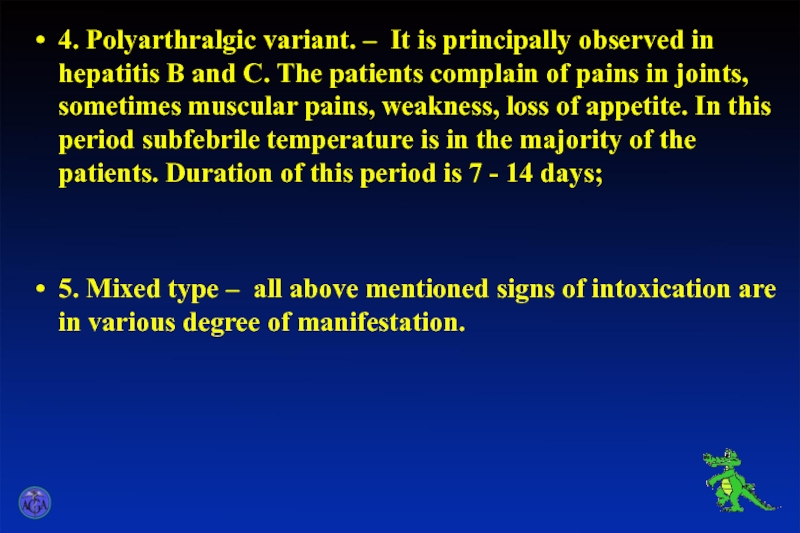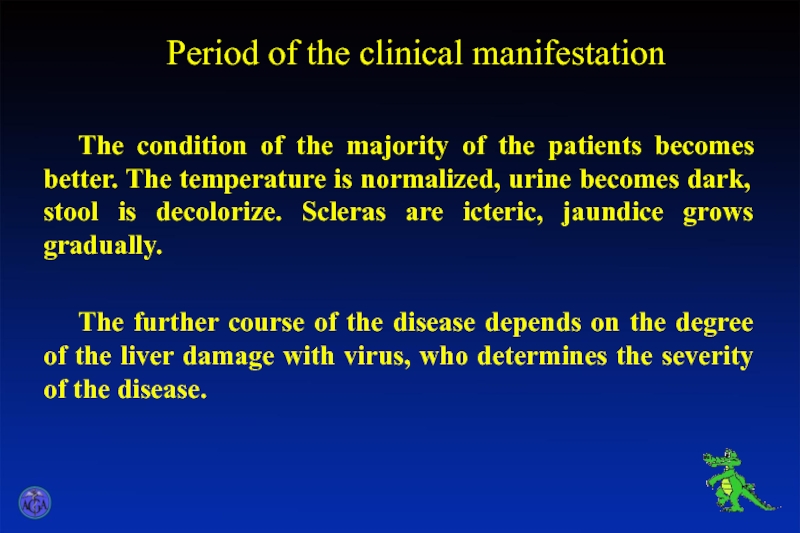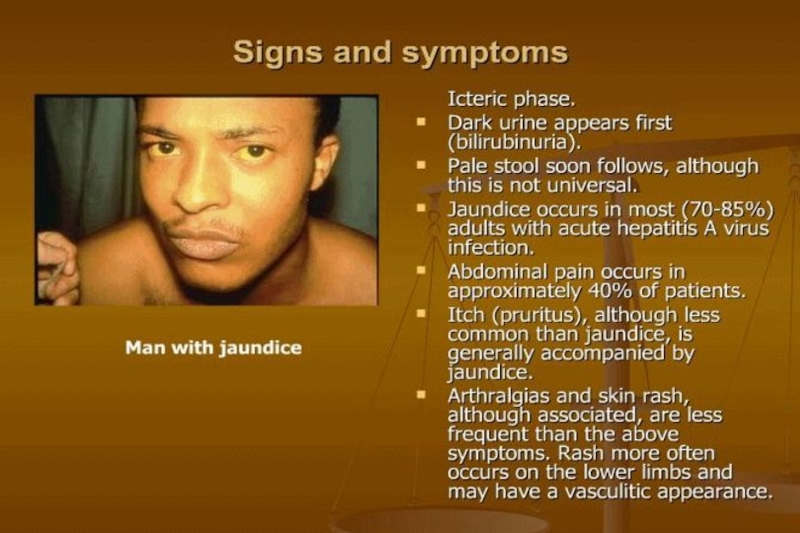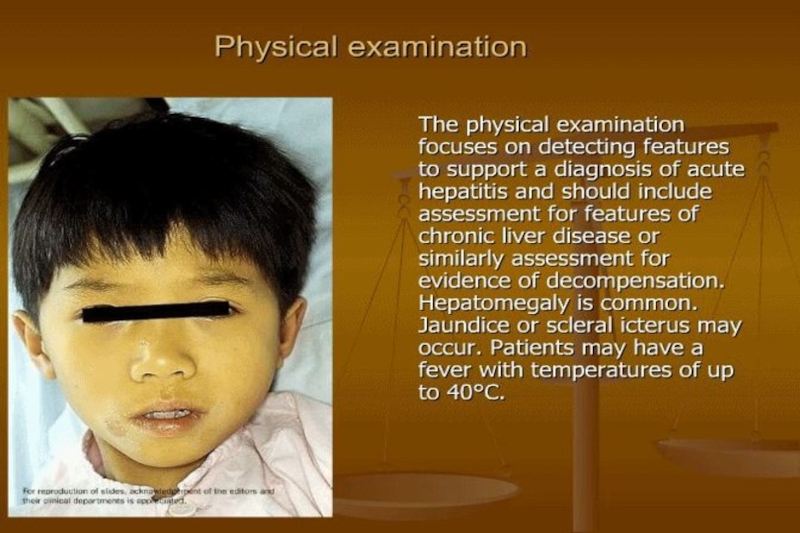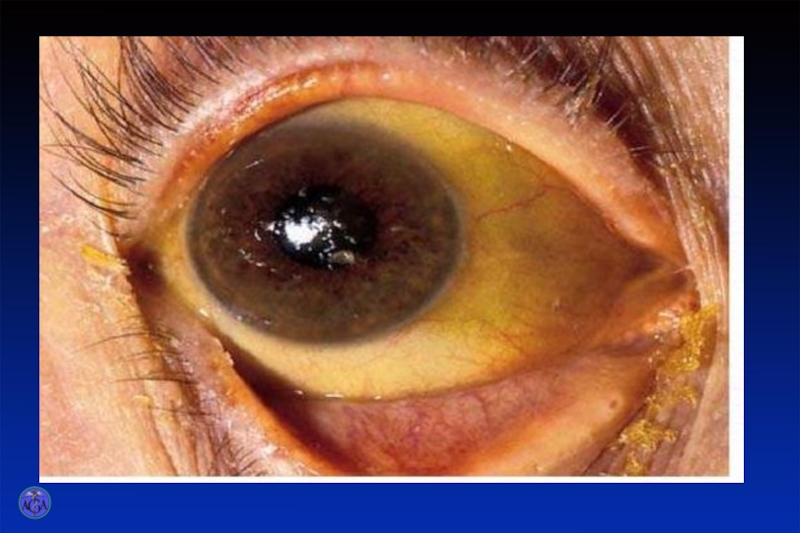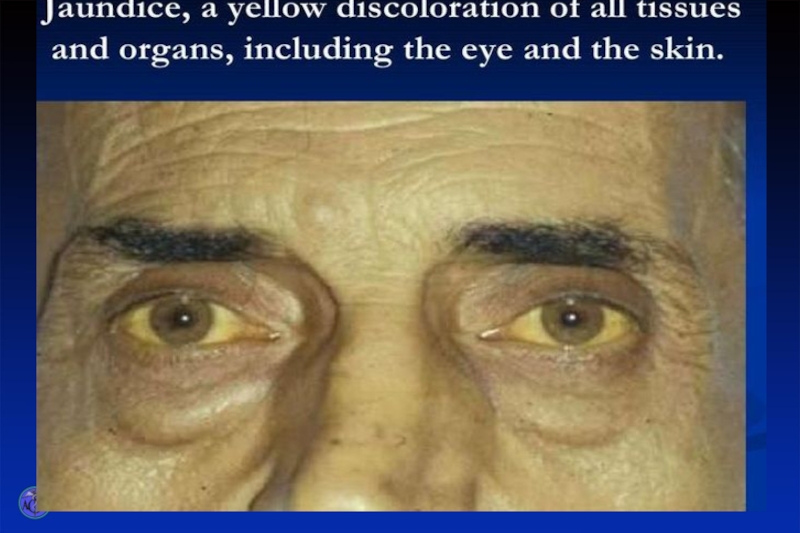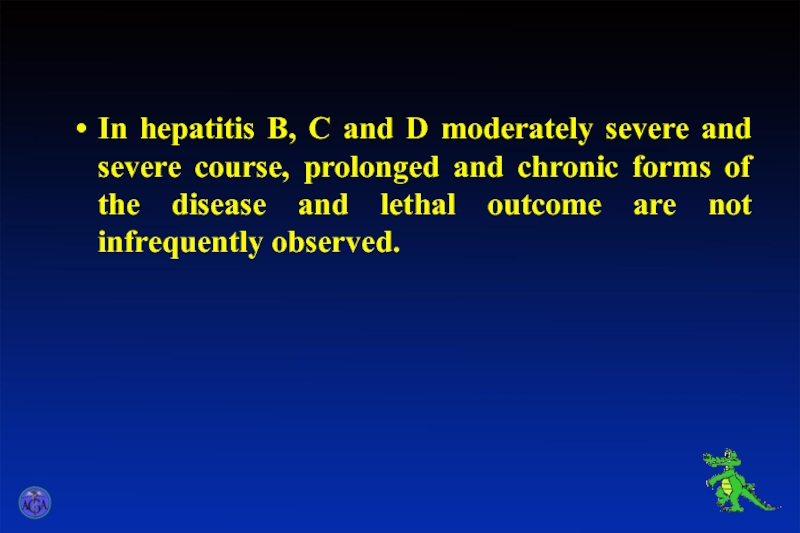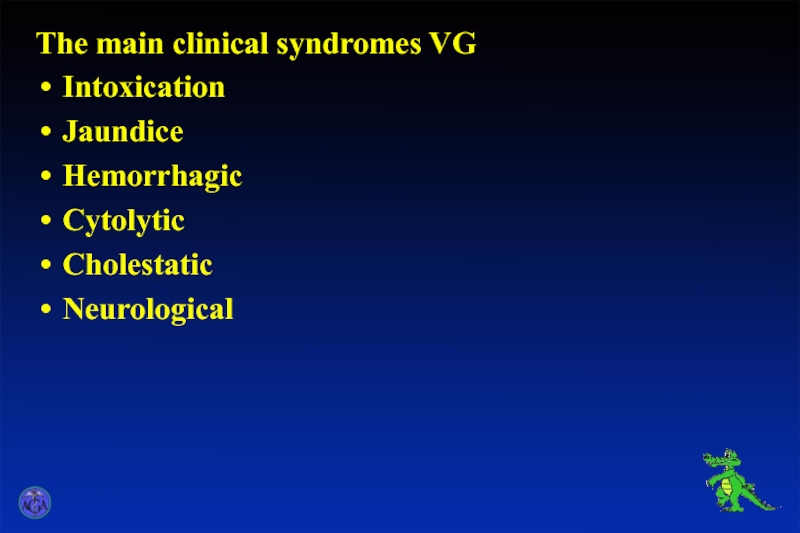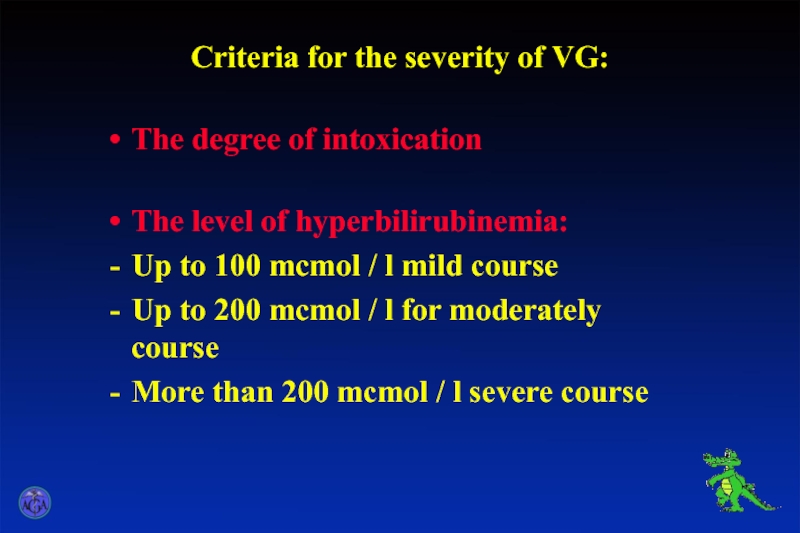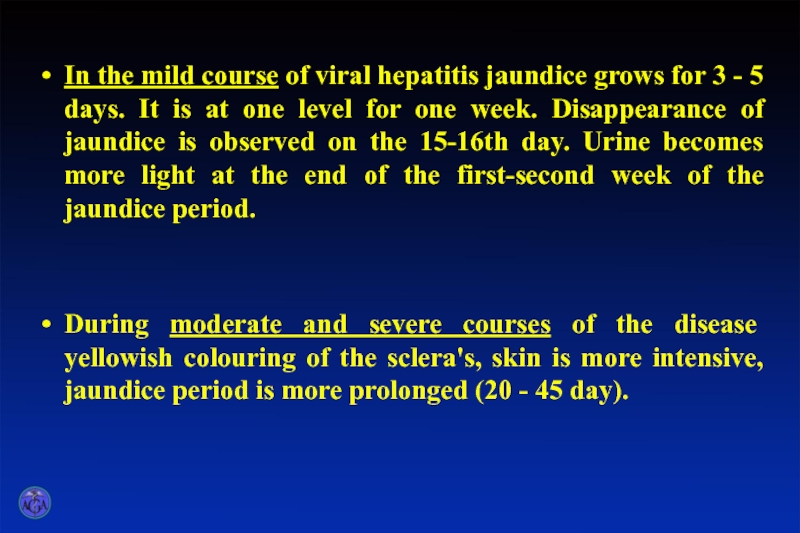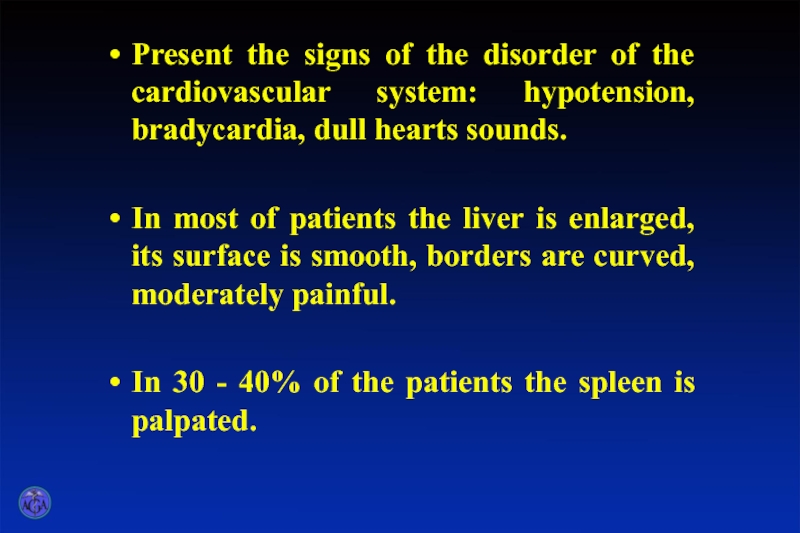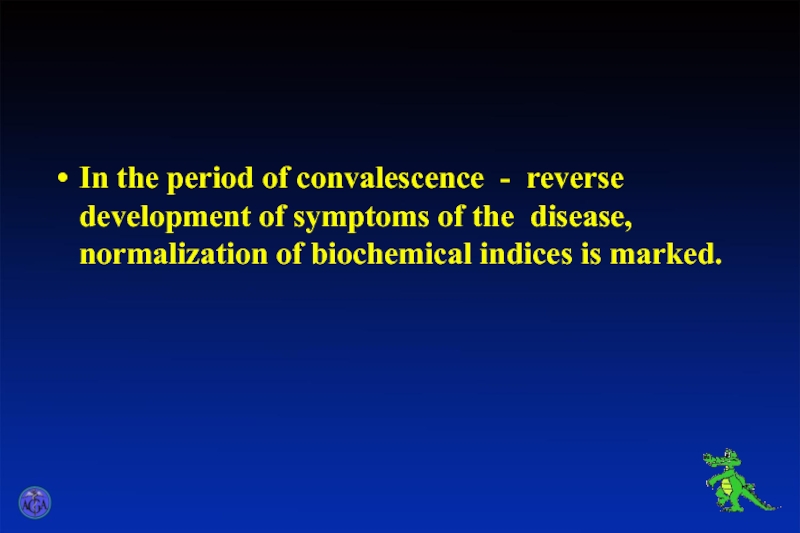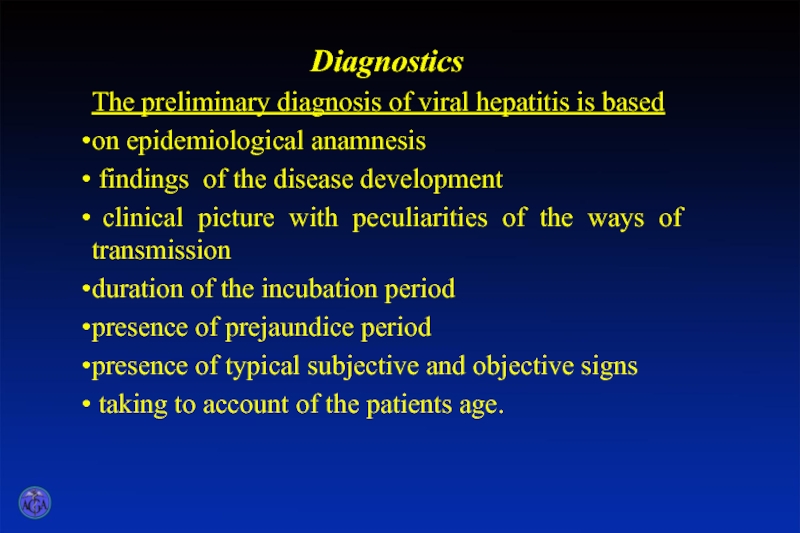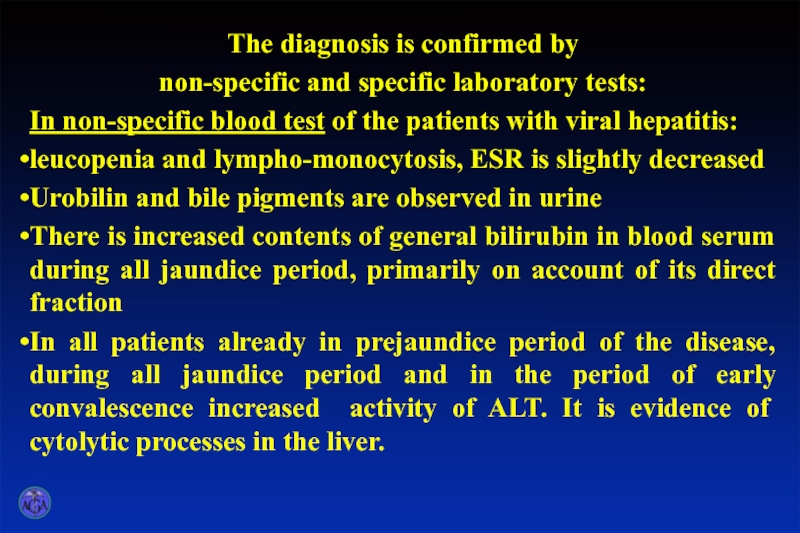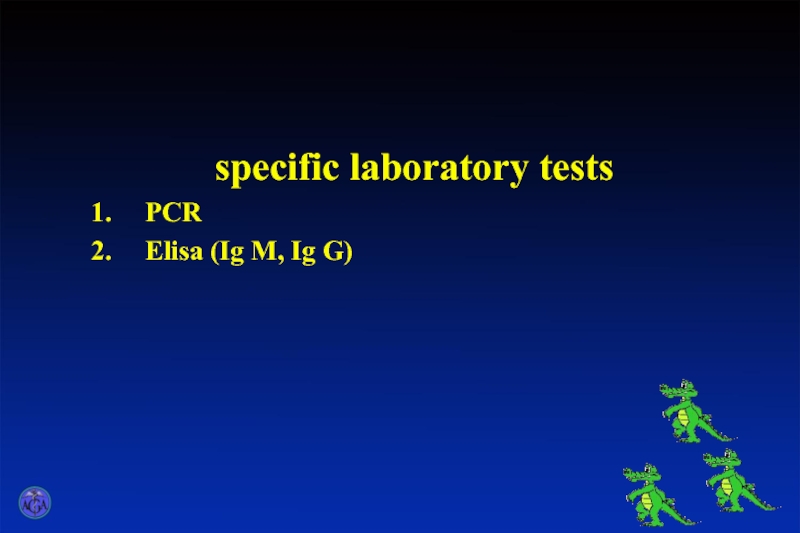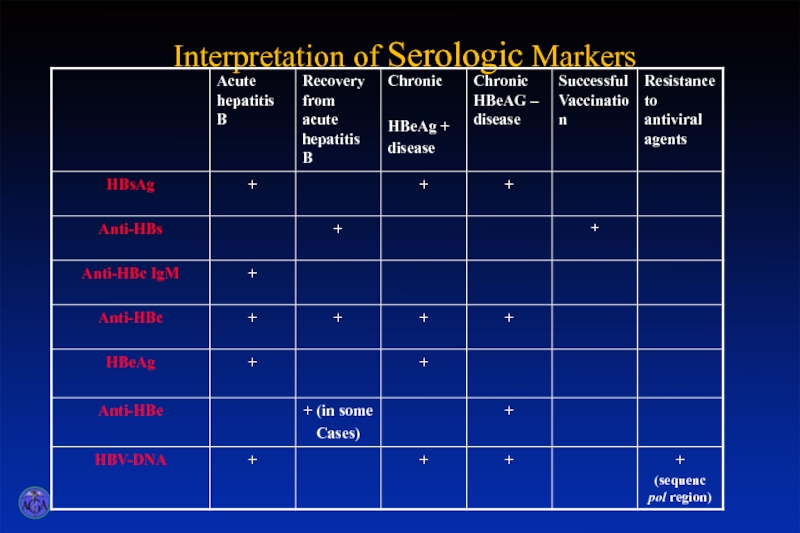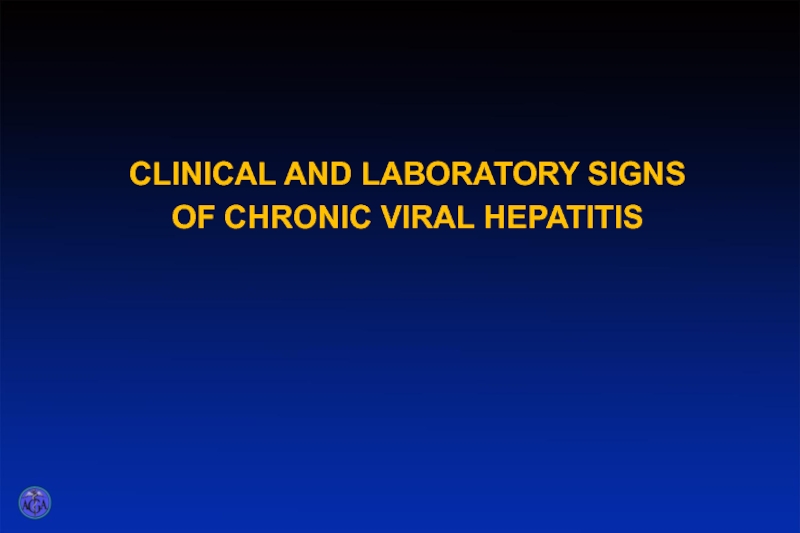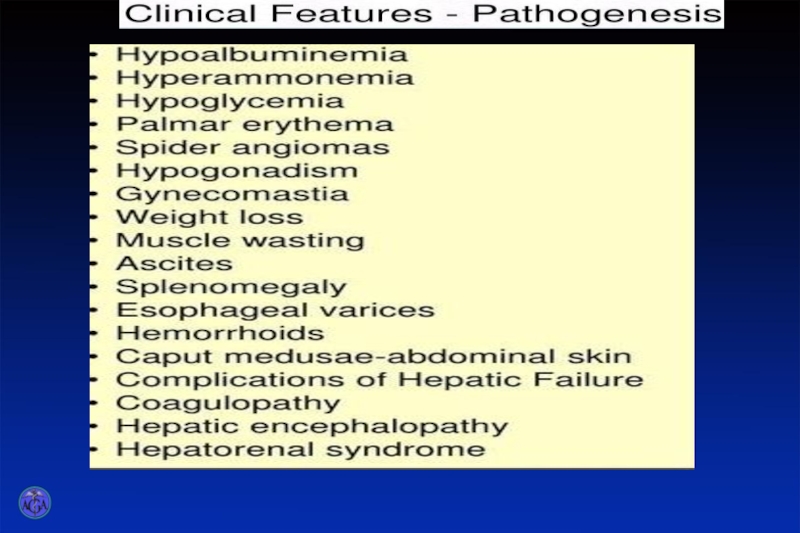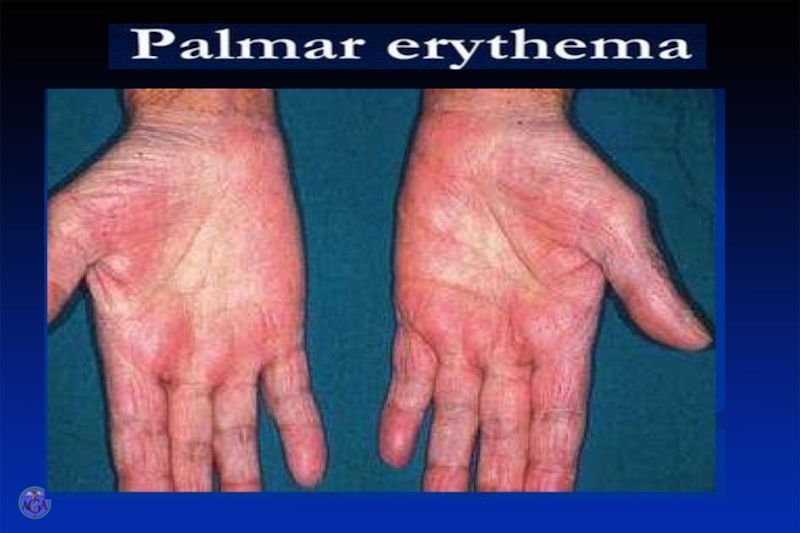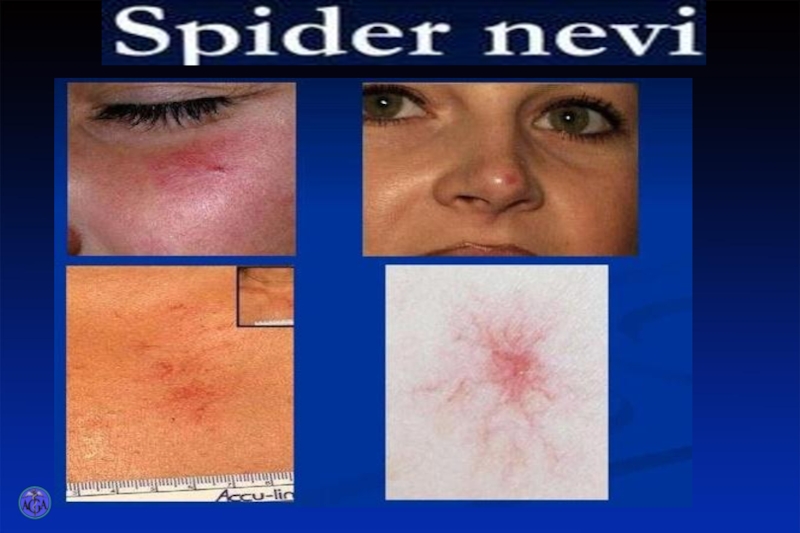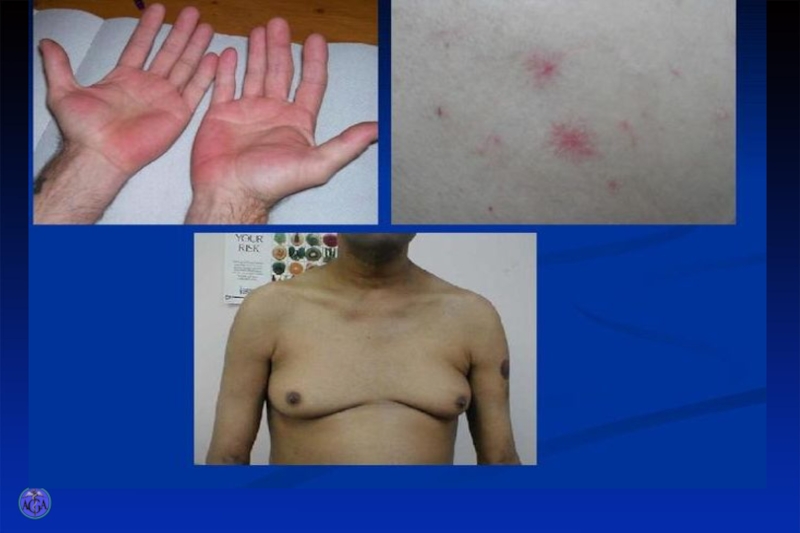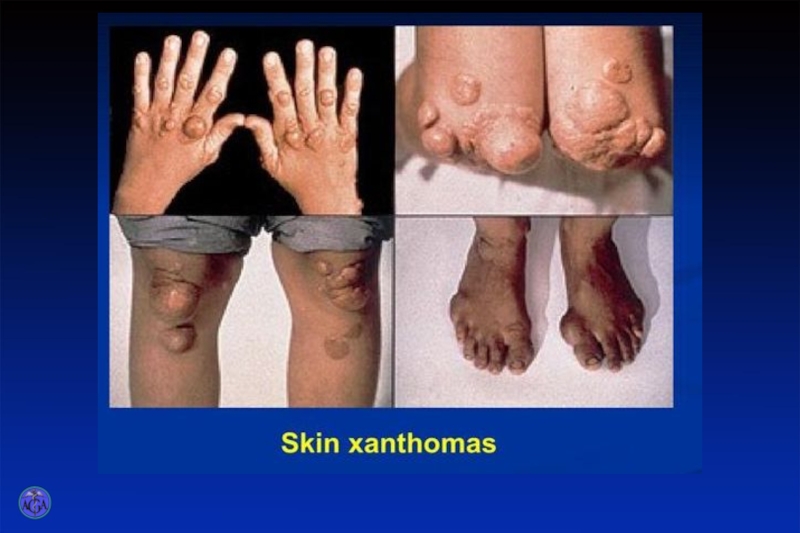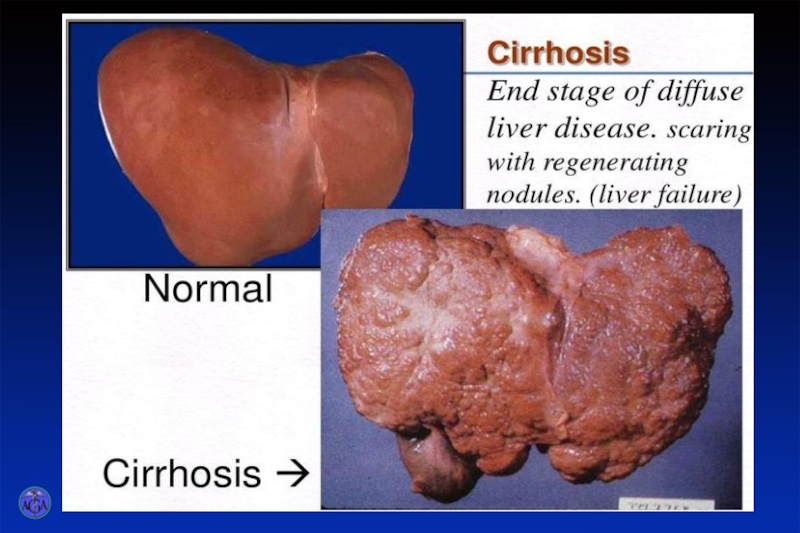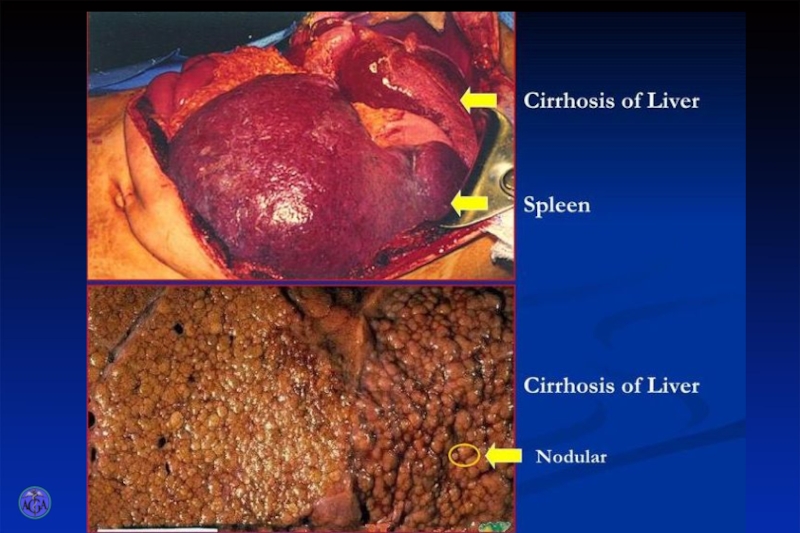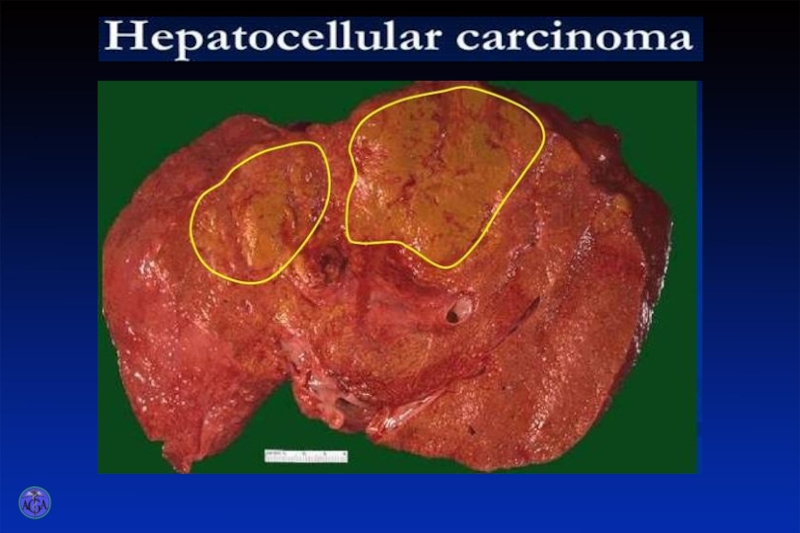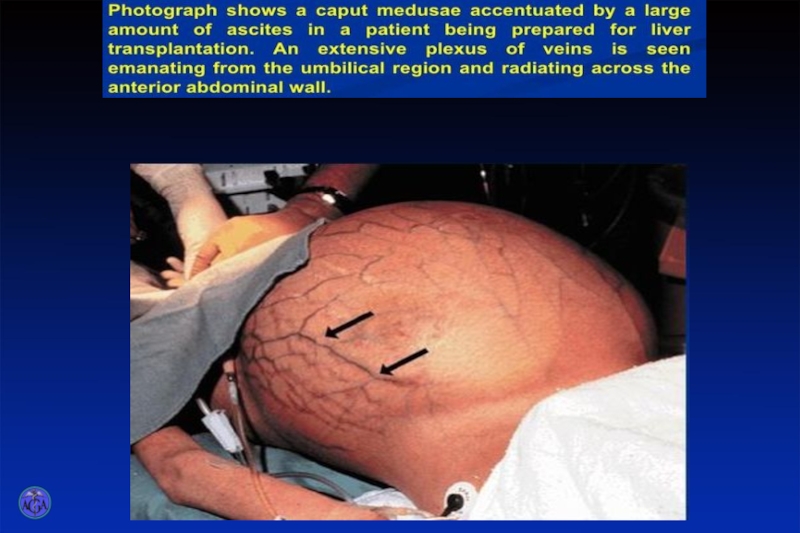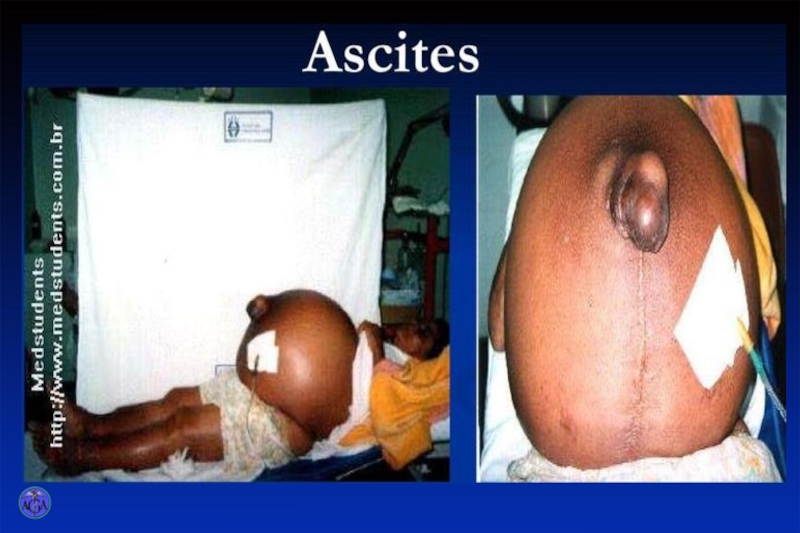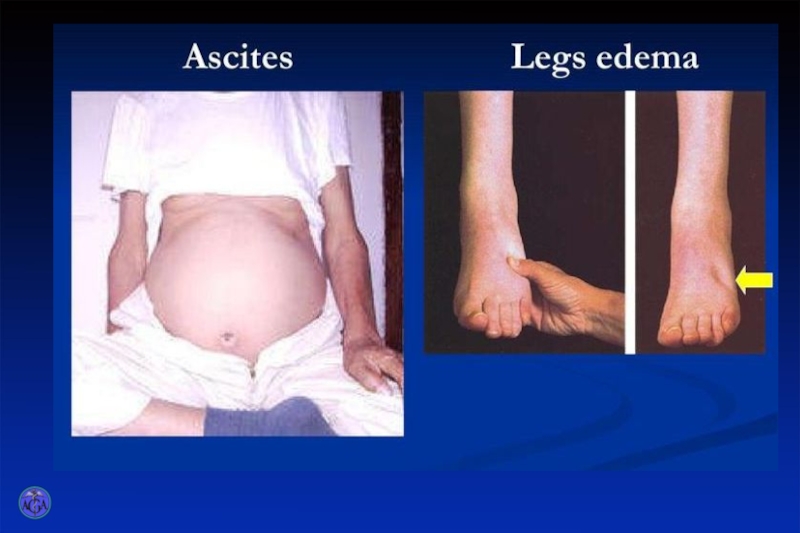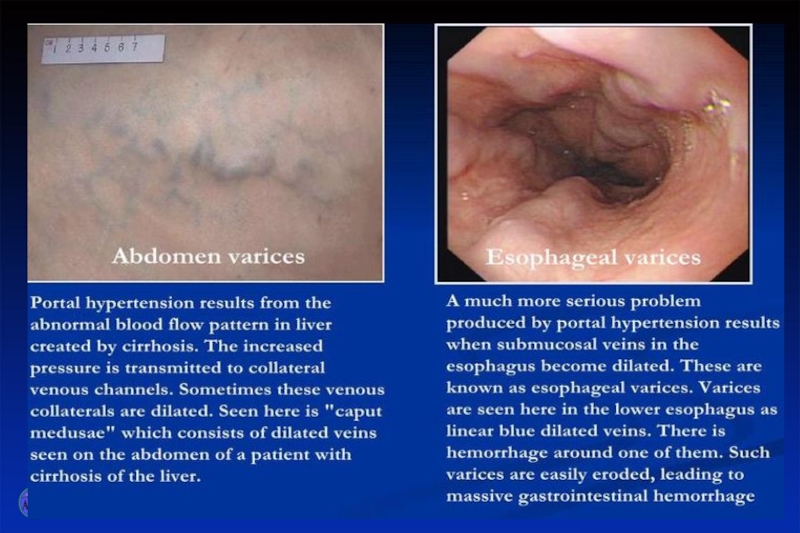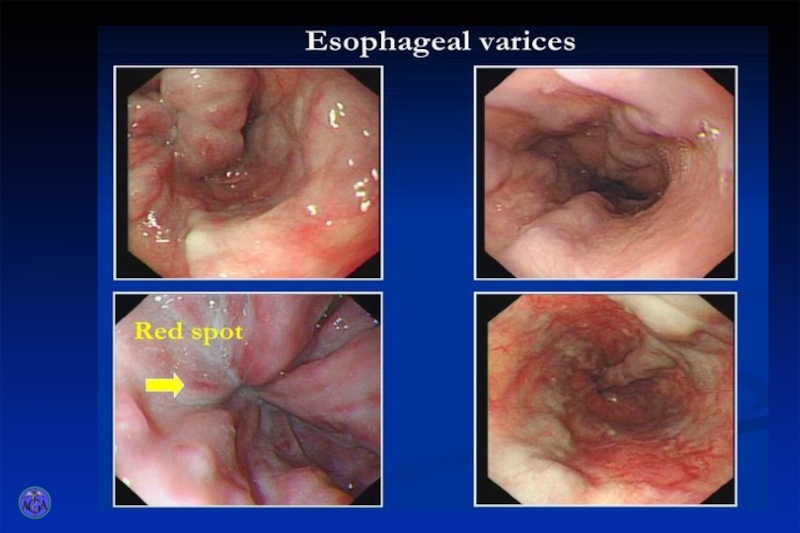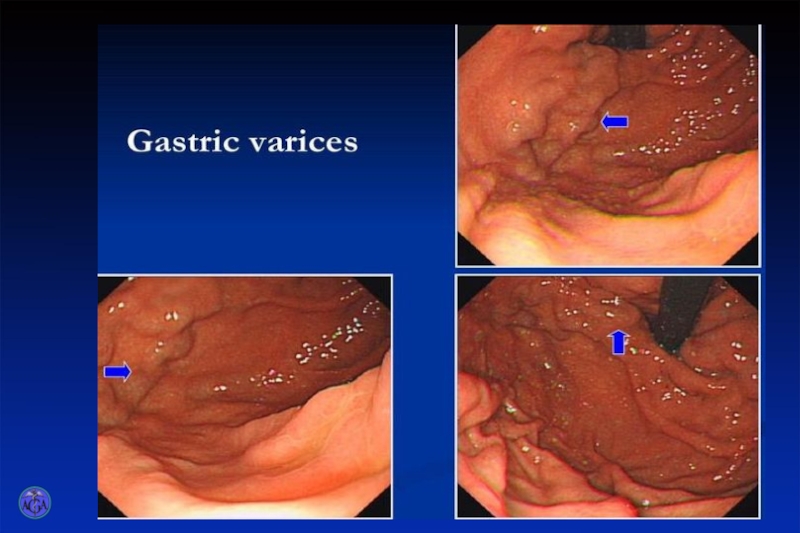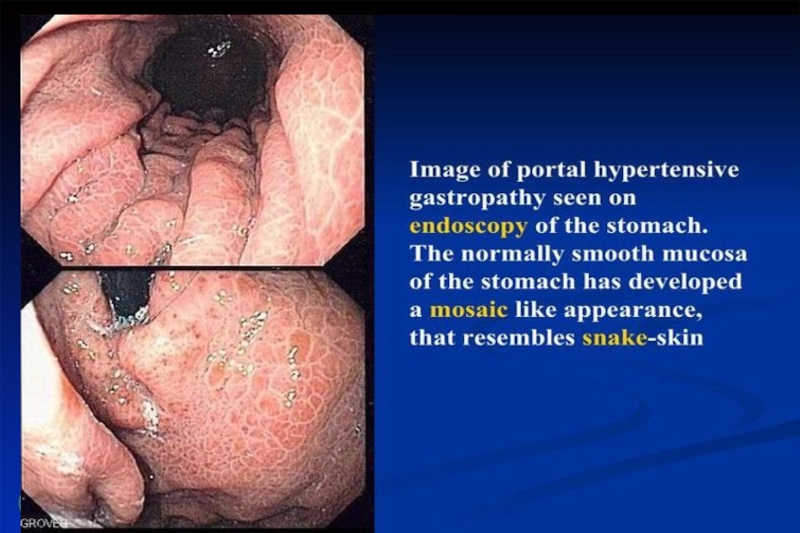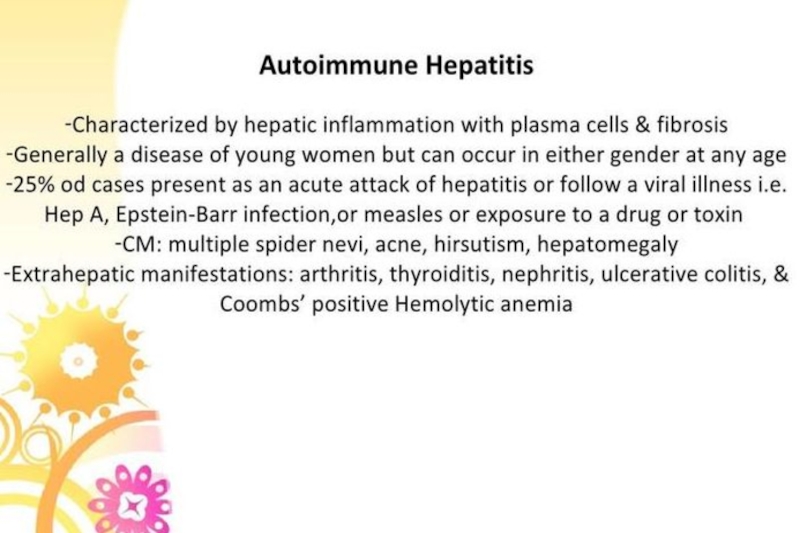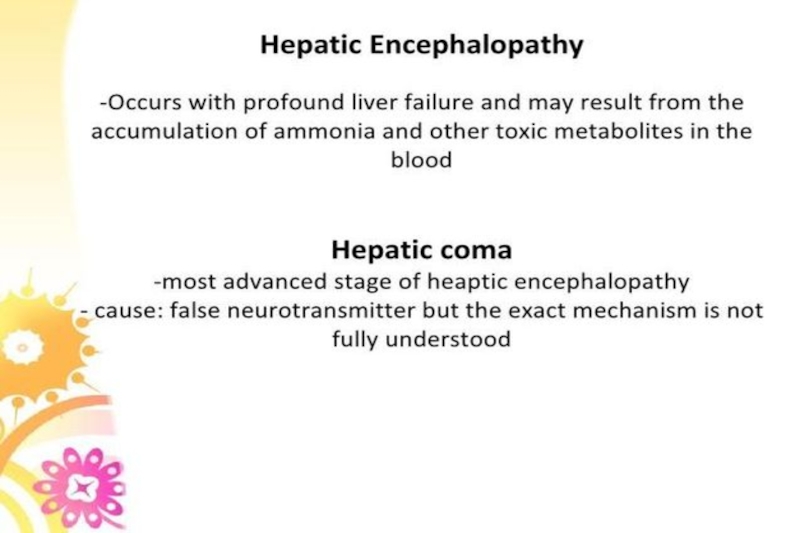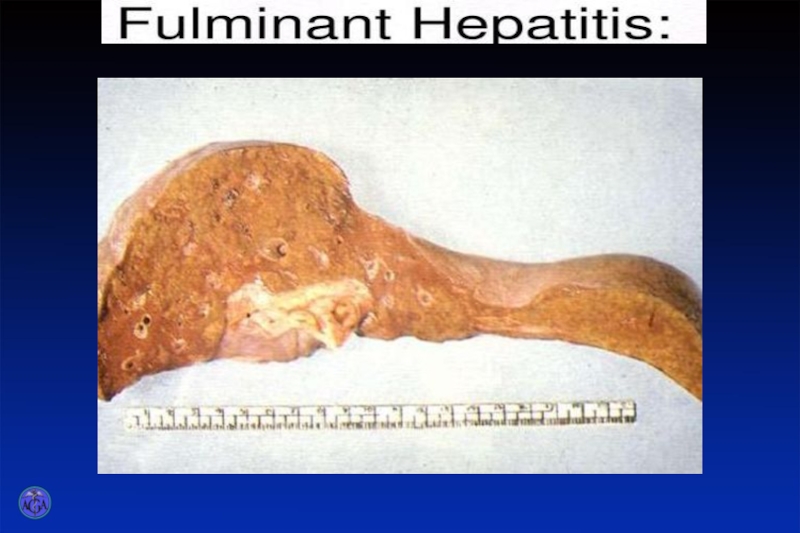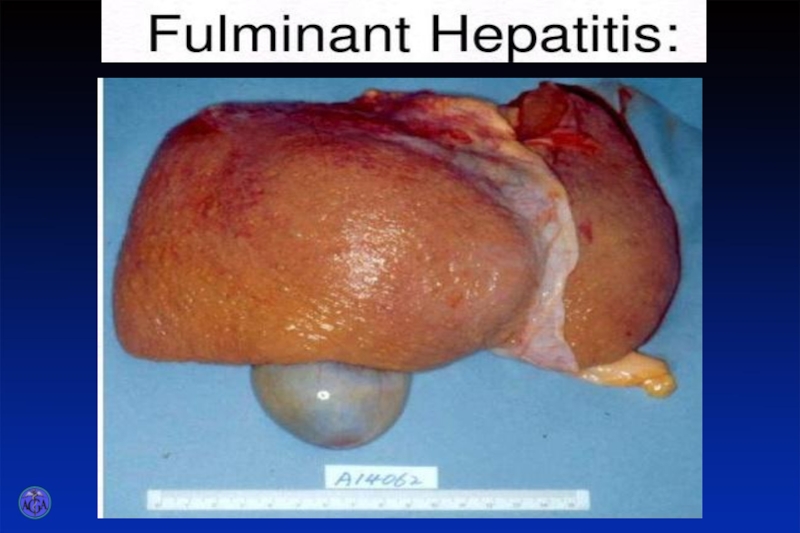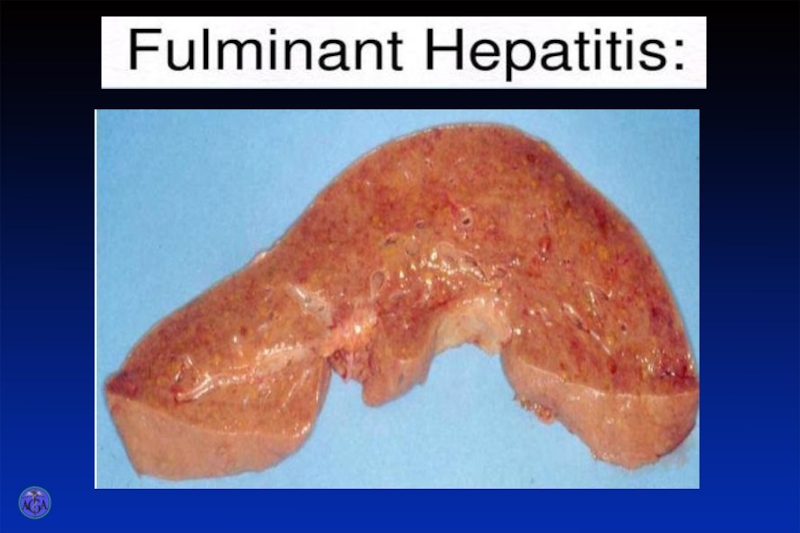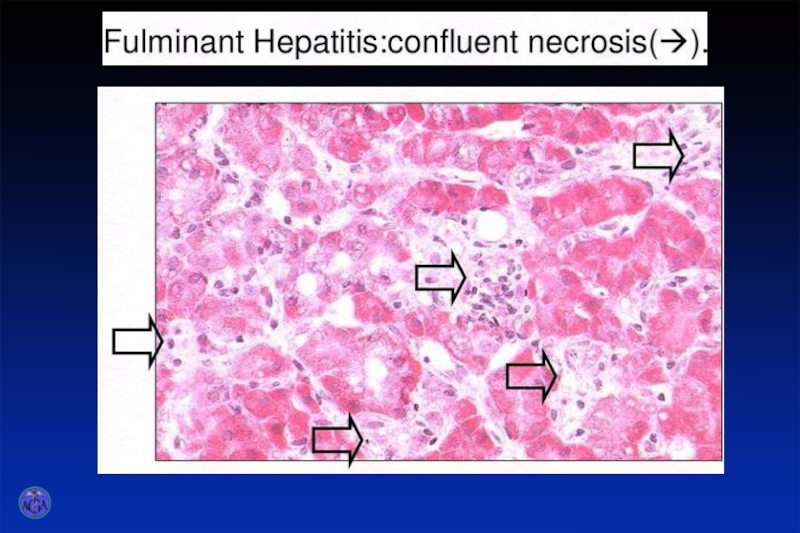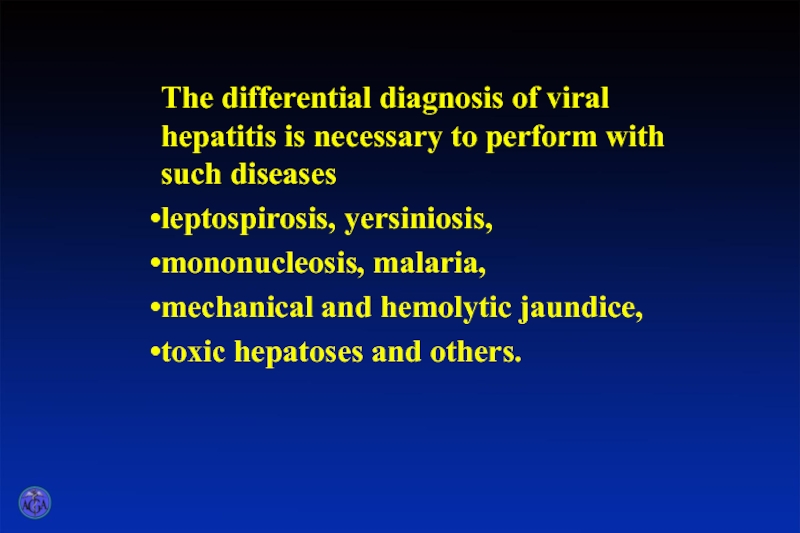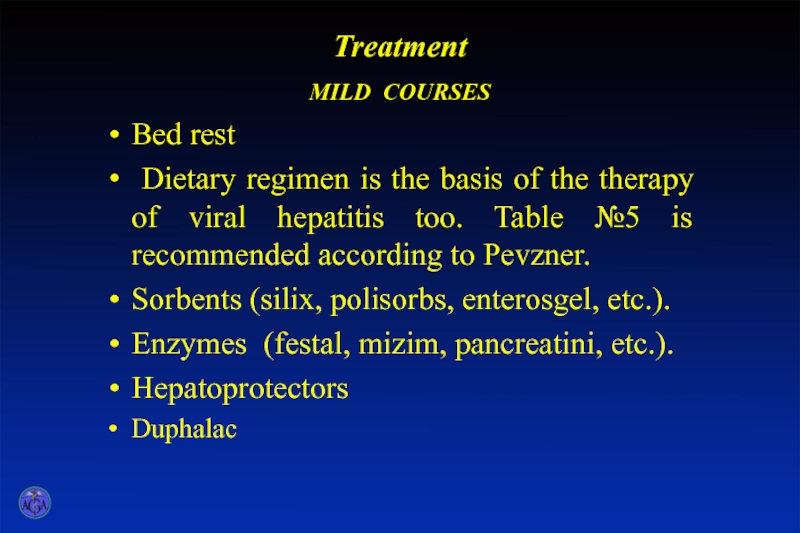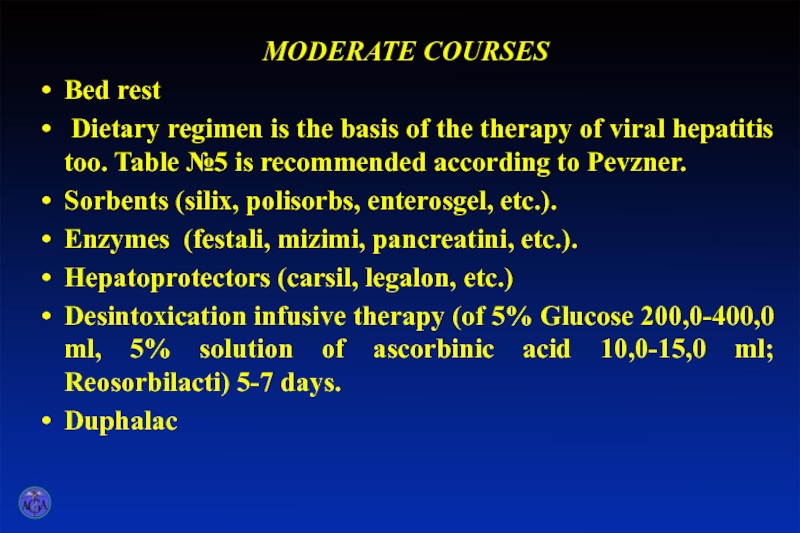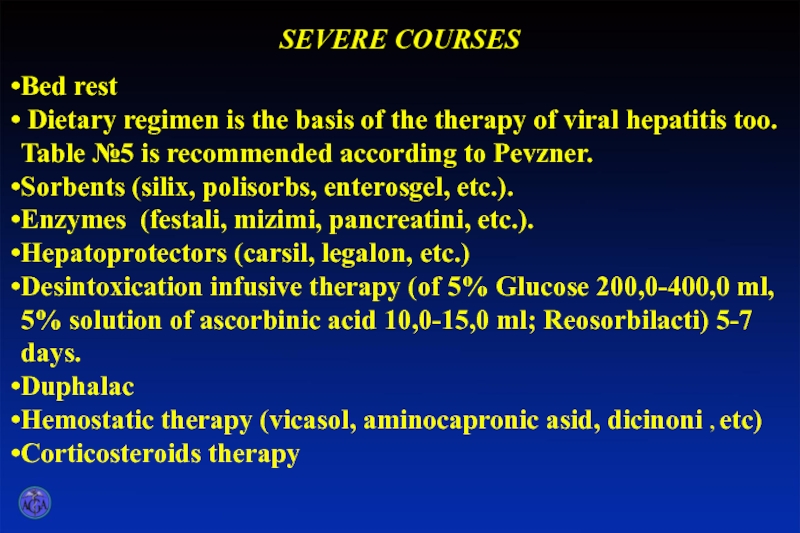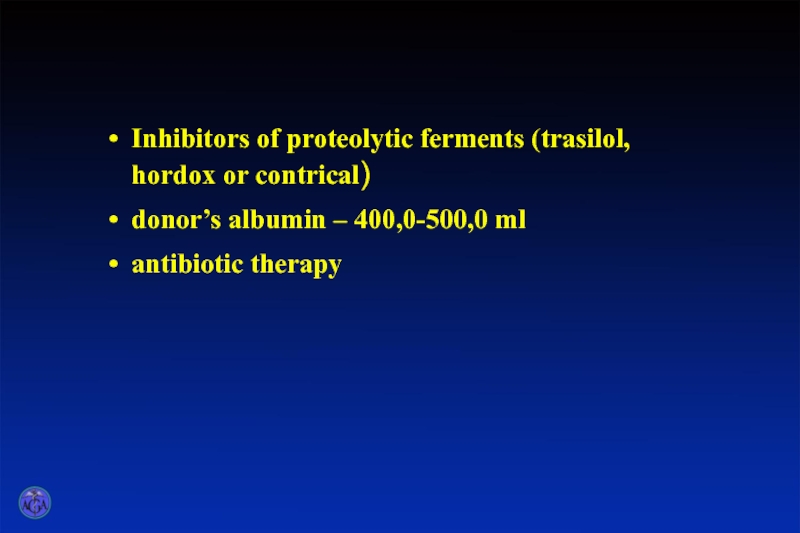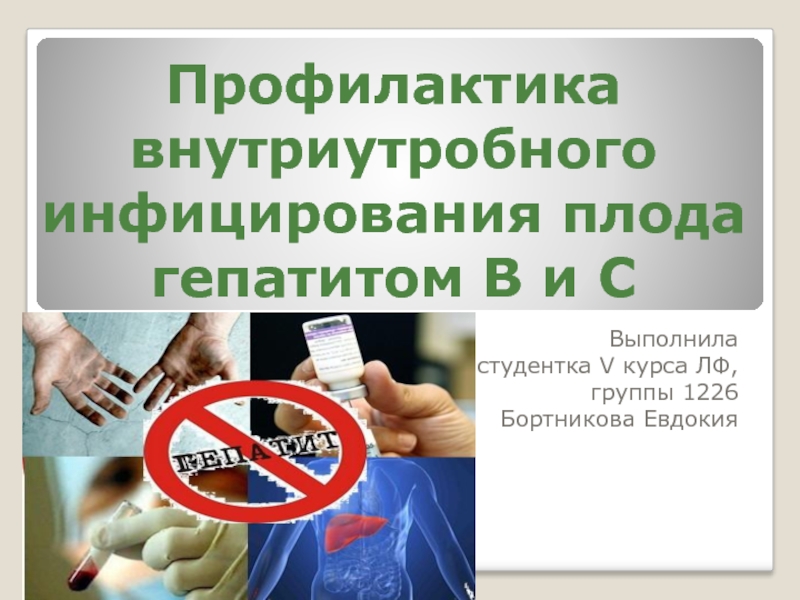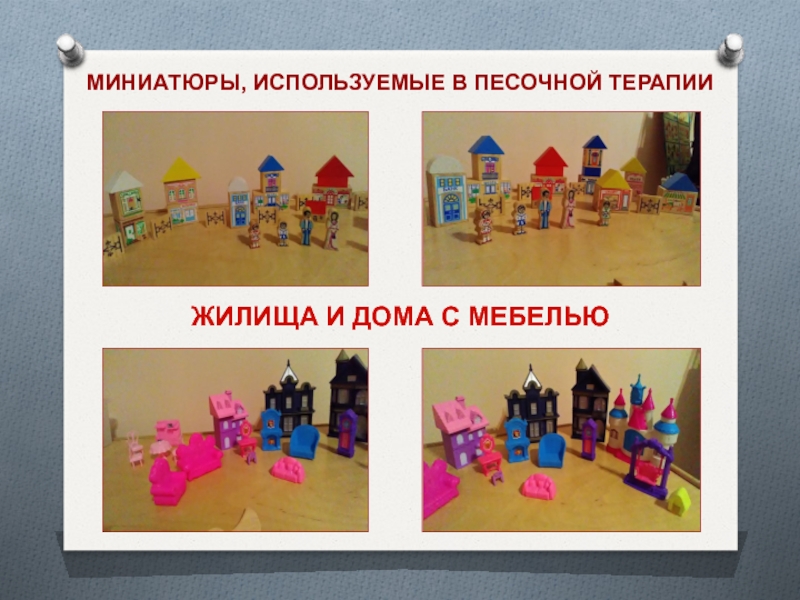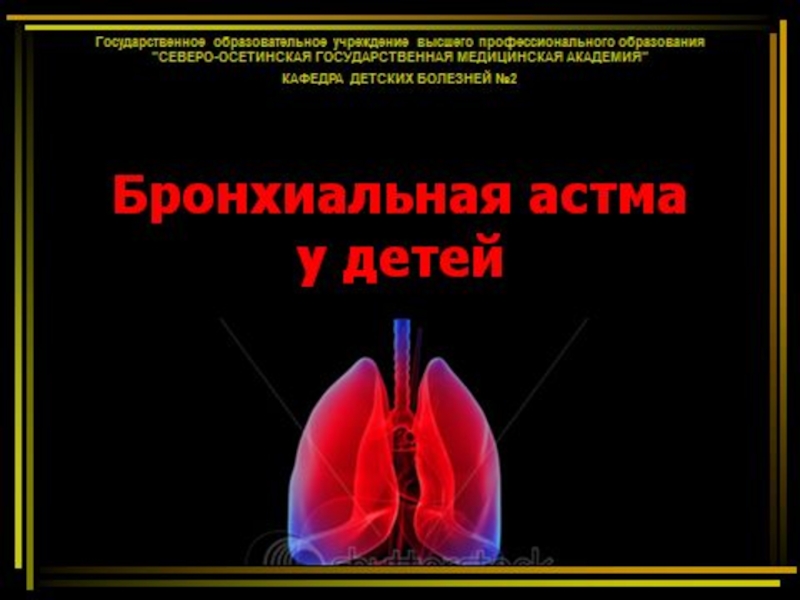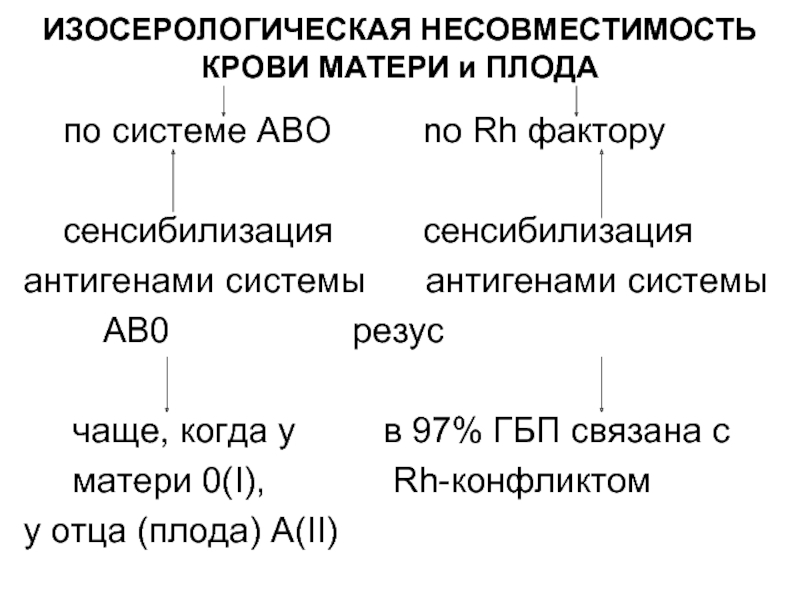- Главная
- Разное
- Дизайн
- Бизнес и предпринимательство
- Аналитика
- Образование
- Развлечения
- Красота и здоровье
- Финансы
- Государство
- Путешествия
- Спорт
- Недвижимость
- Армия
- Графика
- Культурология
- Еда и кулинария
- Лингвистика
- Английский язык
- Астрономия
- Алгебра
- Биология
- География
- Детские презентации
- Информатика
- История
- Литература
- Маркетинг
- Математика
- Медицина
- Менеджмент
- Музыка
- МХК
- Немецкий язык
- ОБЖ
- Обществознание
- Окружающий мир
- Педагогика
- Русский язык
- Технология
- Физика
- Философия
- Химия
- Шаблоны, картинки для презентаций
- Экология
- Экономика
- Юриспруденция
Viral hepatitis презентация
Содержание
- 1. Viral hepatitis
- 2. Summary Viral hepatitis is a common cause
- 4. p PATHOGENESIS VIRAL HEPATITIS A
- 5. PATHOGENESIS VIRAL HEPATITIS B, C
- 6. Incubation period Hepatitis A 15 – 49
- 7. The next variants of prejaundice (prodromal) period:
- 8. 4. Polyarthralgic variant. – It is principally
- 9. Period of the clinical manifestation The
- 14. In hepatitis B, C and
- 15. The main clinical syndromes VG Intoxication Jaundice Hemorrhagic Cytolytic Cholestatic Neurological
- 16. Criteria for the severity of VG:
- 17. In the mild course of viral
- 18. Present the signs of the disorder of
- 19. Develops meteorism, caused by disorders of digestion
- 20. In the period of
- 21. Diagnostics The preliminary diagnosis of viral hepatitis
- 22. The diagnosis is confirmed by non-specific
- 23. specific laboratory tests PCR
- 24. Interpretation of Serologic Markers
- 25. CLINICAL AND LABORATORY SIGNS OF CHRONIC VIRAL HEPATITIS
- 48. The differential diagnosis of viral hepatitis
- 49. Treatment MILD COURSES Bed rest
- 50. MODERATE COURSES Bed rest Dietary regimen
- 51. SEVERE COURSES Bed rest Dietary regimen
- 52. Inhibitors of proteolytic ferments (trasilol,
Слайд 2Summary
Viral hepatitis is a common cause of acute and chronic liver
disease
Diagnosis relies on clinical suspicion and serology/virology for confirmation
HBV is a treatable and preventable disease
HCV can be cured with adequate therapy
Diagnosis relies on clinical suspicion and serology/virology for confirmation
HBV is a treatable and preventable disease
HCV can be cured with adequate therapy
Слайд 6Incubation period
Hepatitis A 15 – 49 days (average 25)
Hepatitis E
15 – 60 days
Hepatitis C 14 – 160 days
Hepatitis B 60-180 days
Hepatitis D 21 – 45 days
Hepatitis C 14 – 160 days
Hepatitis B 60-180 days
Hepatitis D 21 – 45 days
Слайд 7The next variants of prejaundice (prodromal) period:
1. Dyspeptic variant. – The
patients complain loss of appetite, nausea, sometimes vomiting. The temperature is subfebrile. Duration of the period is 3 - 7 days.
2. Astenovegetative variant. – The patients complain on weakness, headache, malaise, loss of appetite. Body temperature is subfebrile or 37 - 38˚C;
3. Influenza-like variant. – The patients complain of headaches, weakness; muscular pains, loss of appetite. Body temperature is 37.5 - 39 C, and in some cases 39 - 40 C.
Duration of 2nd and 3rd variant of prejudice period is 5 - 7 days;
2. Astenovegetative variant. – The patients complain on weakness, headache, malaise, loss of appetite. Body temperature is subfebrile or 37 - 38˚C;
3. Influenza-like variant. – The patients complain of headaches, weakness; muscular pains, loss of appetite. Body temperature is 37.5 - 39 C, and in some cases 39 - 40 C.
Duration of 2nd and 3rd variant of prejudice period is 5 - 7 days;
Слайд 84. Polyarthralgic variant. – It is principally observed in hepatitis B
and C. The patients complain of pains in joints, sometimes muscular pains, weakness, loss of appetite. In this period subfebrile temperature is in the majority of the patients. Duration of this period is 7 - 14 days;
5. Mixed type – all above mentioned signs of intoxication are in various degree of manifestation.
5. Mixed type – all above mentioned signs of intoxication are in various degree of manifestation.
Слайд 9Period of the clinical manifestation
The condition of the majority of the
patients becomes better. The temperature is normalized, urine becomes dark, stool is decolorize. Scleras are icteric, jaundice grows gradually.
The further course of the disease depends on the degree of the liver damage with virus, who determines the severity of the disease.
The further course of the disease depends on the degree of the liver damage with virus, who determines the severity of the disease.
Слайд 14
In hepatitis B, C and D moderately severe and severe course,
prolonged and chronic forms of the disease and lethal outcome are not infrequently observed.
Слайд 15The main clinical syndromes VG
Intoxication
Jaundice
Hemorrhagic
Cytolytic
Cholestatic
Neurological
Слайд 16Criteria for the severity of VG:
The degree of intoxication
The level of
hyperbilirubinemia:
Up to 100 mcmol / l mild course
Up to 200 mcmol / l for moderately course
More than 200 mcmol / l severe course
Up to 100 mcmol / l mild course
Up to 200 mcmol / l for moderately course
More than 200 mcmol / l severe course
Слайд 17
In the mild course of viral hepatitis jaundice grows for 3
- 5 days. It is at one level for one week. Disappearance of jaundice is observed on the 15-16th day. Urine becomes more light at the end of the first-second week of the jaundice period.
During moderate and severe courses of the disease yellowish colouring of the sclera's, skin is more intensive, jaundice period is more prolonged (20 - 45 day).
During moderate and severe courses of the disease yellowish colouring of the sclera's, skin is more intensive, jaundice period is more prolonged (20 - 45 day).
Слайд 18Present the signs of the disorder of the cardiovascular system: hypotension,
bradycardia, dull hearts sounds.
In most of patients the liver is enlarged, its surface is smooth, borders are curved, moderately painful.
In 30 - 40% of the patients the spleen is palpated.
In most of patients the liver is enlarged, its surface is smooth, borders are curved, moderately painful.
In 30 - 40% of the patients the spleen is palpated.
Слайд 19Develops meteorism, caused by disorders of digestion (signs of the damage
of pancreas, secretary glands of the stomach and disorders of biocenosis of the gastrointestinal tract) is observed in some patients.
In some patients skin itching is marked.
In severe cases course presence cerebral disorders caused by considerable dystrophic changes in the liver, endogenic intoxication.
In some patients skin itching is marked.
In severe cases course presence cerebral disorders caused by considerable dystrophic changes in the liver, endogenic intoxication.
Слайд 20
In the period of convalescence - reverse development of symptoms of
the disease, normalization of biochemical indices is marked.
Слайд 21Diagnostics
The preliminary diagnosis of viral hepatitis is based
on epidemiological anamnesis
findings of the disease development
clinical picture with peculiarities of the ways of transmission
duration of the incubation period
presence of prejaundice period
presence of typical subjective and objective signs
taking to account of the patients age.
clinical picture with peculiarities of the ways of transmission
duration of the incubation period
presence of prejaundice period
presence of typical subjective and objective signs
taking to account of the patients age.
Слайд 22The diagnosis is confirmed by
non-specific and specific laboratory tests:
In non-specific
blood test of the patients with viral hepatitis:
leucopenia and lympho-monocytosis, ESR is slightly decreased
Urobilin and bile pigments are observed in urine
There is increased contents of general bilirubin in blood serum during all jaundice period, primarily on account of its direct fraction
In all patients already in prejaundice period of the disease, during all jaundice period and in the period of early convalescence increased activity of ALT. It is evidence of cytolytic processes in the liver.
leucopenia and lympho-monocytosis, ESR is slightly decreased
Urobilin and bile pigments are observed in urine
There is increased contents of general bilirubin in blood serum during all jaundice period, primarily on account of its direct fraction
In all patients already in prejaundice period of the disease, during all jaundice period and in the period of early convalescence increased activity of ALT. It is evidence of cytolytic processes in the liver.
Слайд 48
The differential diagnosis of viral hepatitis is necessary to perform with
such diseases
leptospirosis, yersiniosis,
mononucleosis, malaria,
mechanical and hemolytic jaundice,
toxic hepatoses and others.
leptospirosis, yersiniosis,
mononucleosis, malaria,
mechanical and hemolytic jaundice,
toxic hepatoses and others.
Слайд 49Treatment
MILD COURSES
Bed rest
Dietary regimen is the basis of the
therapy of viral hepatitis too. Table №5 is recommended according to Pevzner.
Sorbents (silix, polisorbs, enterosgel, etc.).
Enzymes (festal, mizim, pancreatini, etc.).
Hepatoprotectors
Duphalac
Sorbents (silix, polisorbs, enterosgel, etc.).
Enzymes (festal, mizim, pancreatini, etc.).
Hepatoprotectors
Duphalac
Слайд 50MODERATE COURSES
Bed rest
Dietary regimen is the basis of the therapy
of viral hepatitis too. Table №5 is recommended according to Pevzner.
Sorbents (silix, polisorbs, enterosgel, etc.).
Enzymes (festali, mizimi, pancreatini, etc.).
Hepatoprotectors (cаrsil, legаlon, etc.)
Desintoxication infusive therapy (of 5% Glucose 200,0-400,0 ml, 5% solution of ascorbinic acid 10,0-15,0 ml; Reosorbilacti) 5-7 days.
Duphalac
Sorbents (silix, polisorbs, enterosgel, etc.).
Enzymes (festali, mizimi, pancreatini, etc.).
Hepatoprotectors (cаrsil, legаlon, etc.)
Desintoxication infusive therapy (of 5% Glucose 200,0-400,0 ml, 5% solution of ascorbinic acid 10,0-15,0 ml; Reosorbilacti) 5-7 days.
Duphalac
Слайд 51SEVERE COURSES
Bed rest
Dietary regimen is the basis of the therapy
of viral hepatitis too. Table №5 is recommended according to Pevzner.
Sorbents (silix, polisorbs, enterosgel, etc.).
Enzymes (festali, mizimi, pancreatini, etc.).
Hepatoprotectors (cаrsil, legаlon, etc.)
Desintoxication infusive therapy (of 5% Glucose 200,0-400,0 ml, 5% solution of ascorbinic acid 10,0-15,0 ml; Reosorbilacti) 5-7 days.
Duphalac
Hemostatic therapy (vicasol, aminocapronic asid, dicinoni , etc)
Corticosteroids therapy
Sorbents (silix, polisorbs, enterosgel, etc.).
Enzymes (festali, mizimi, pancreatini, etc.).
Hepatoprotectors (cаrsil, legаlon, etc.)
Desintoxication infusive therapy (of 5% Glucose 200,0-400,0 ml, 5% solution of ascorbinic acid 10,0-15,0 ml; Reosorbilacti) 5-7 days.
Duphalac
Hemostatic therapy (vicasol, aminocapronic asid, dicinoni , etc)
Corticosteroids therapy
Слайд 52
Inhibitors of proteolytic ferments (trasilol, hordox or contrical)
donor’s albumin –
400,0-500,0 ml
antibiotic therapy
antibiotic therapy
